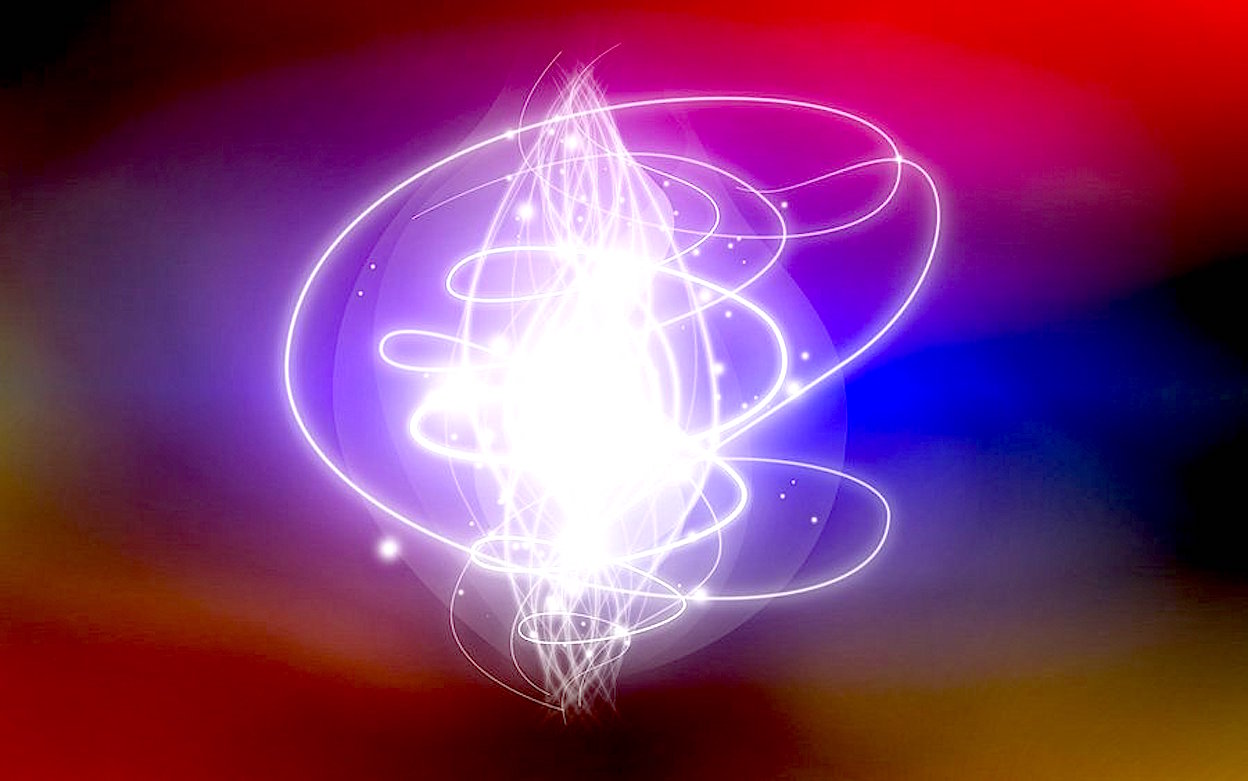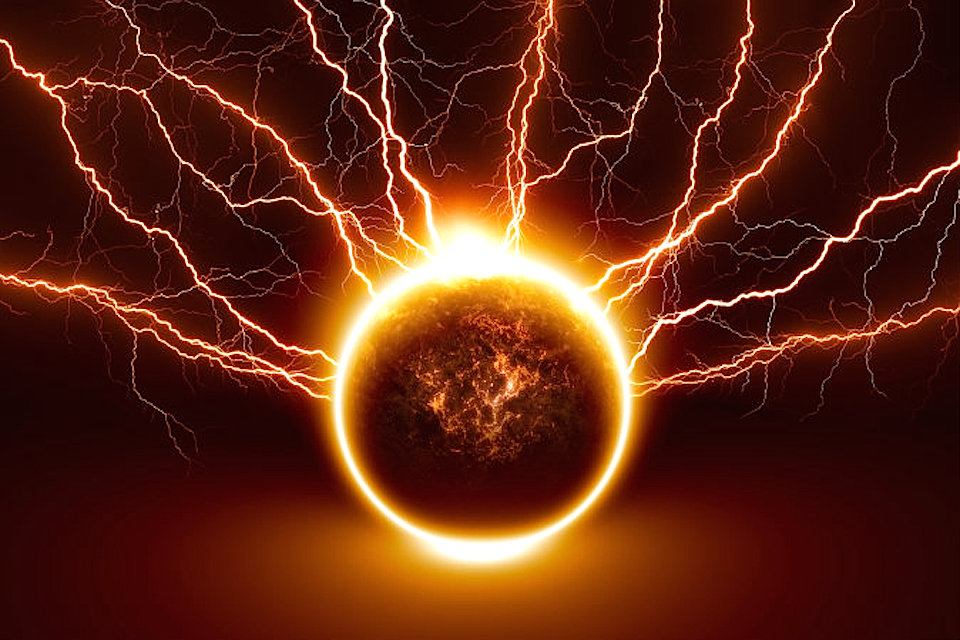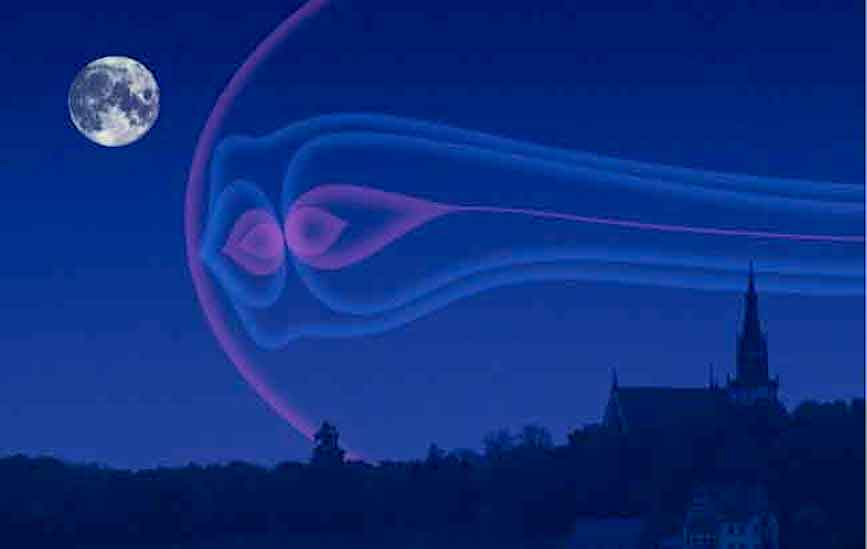Year: 2015
Hot Under the Collar
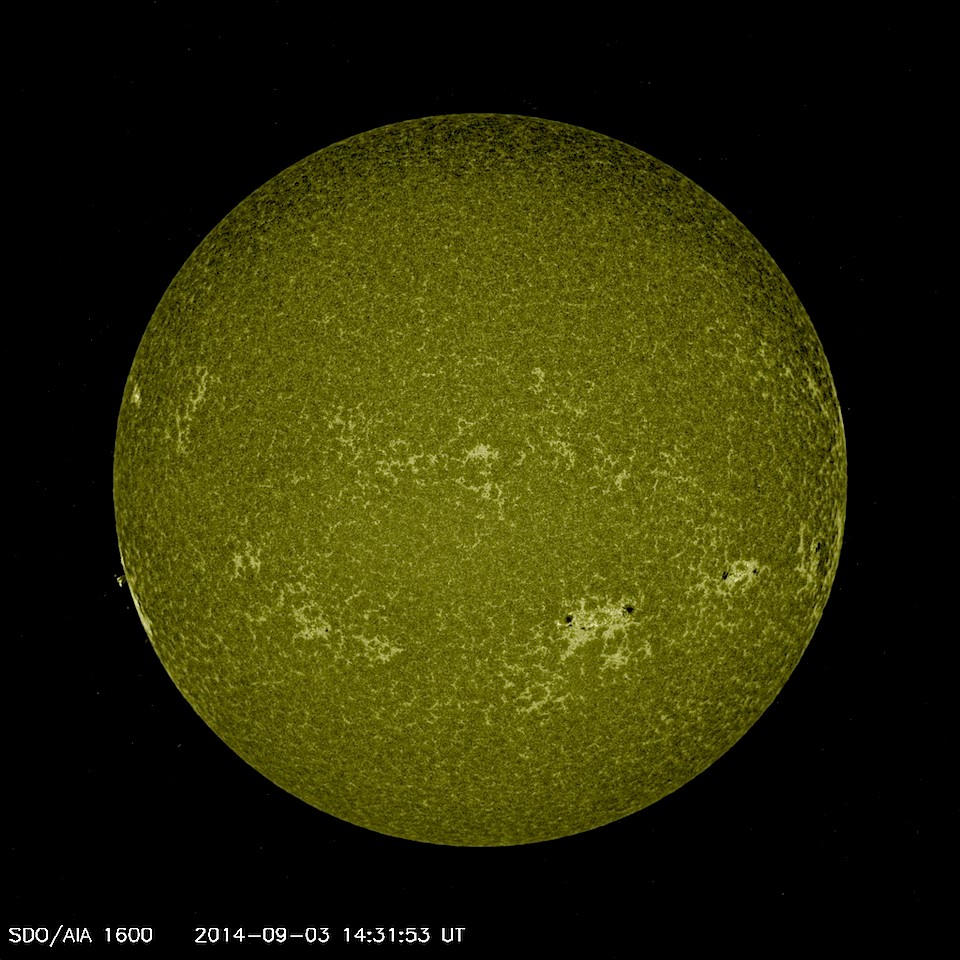
Mar 10, 2015 A recent coronal mass ejection could be headed toward Earth. “A day without sunshine is like, you know, night.” — Steve Martin According to the Electric Sun hypothesis, the Sun is a positively charged electrode within a vast, galactic electric circuit. As previously written, the negative electrode…
Time Will Tell
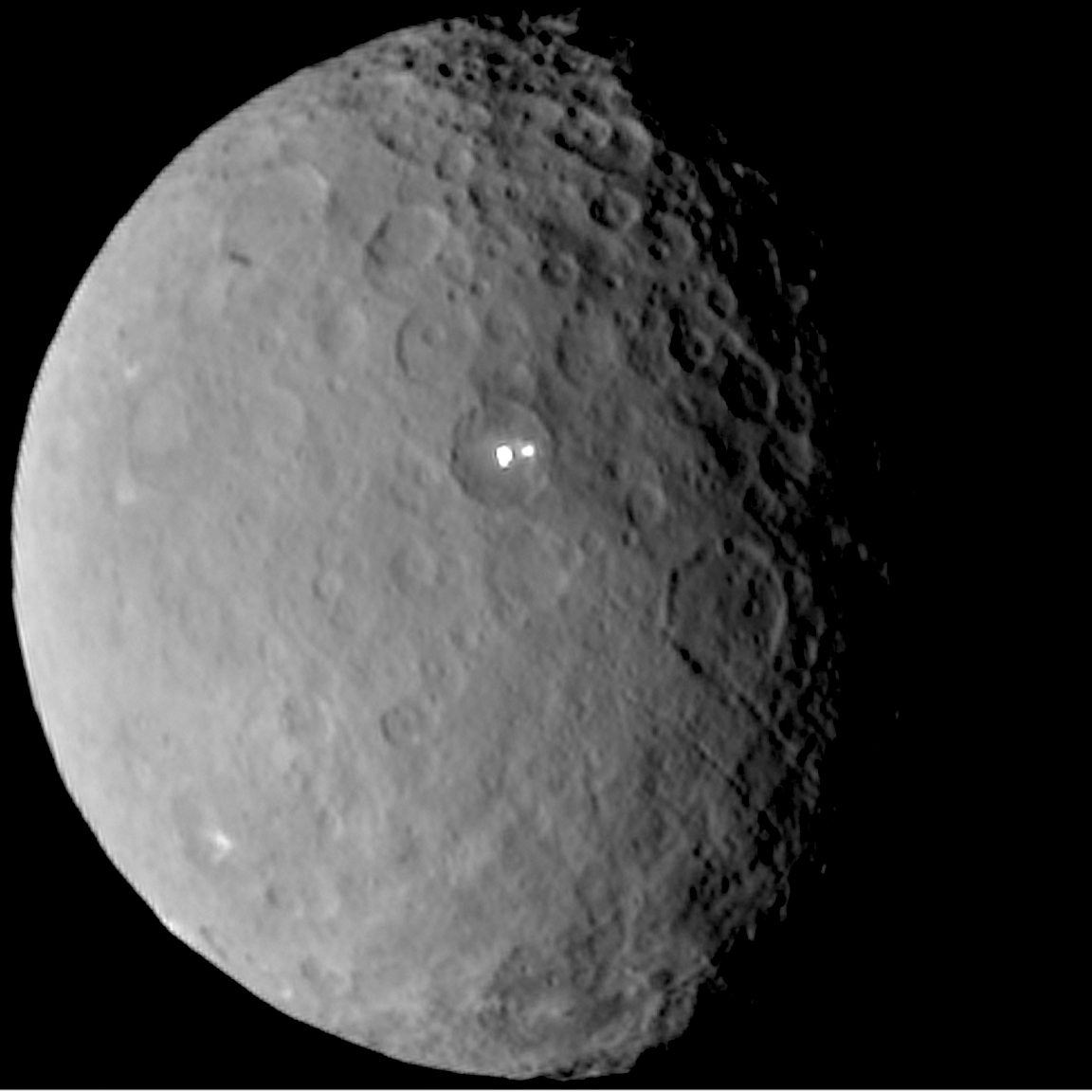
Mar 9, 2015 The Dawn spacecraft achieves another historical first. Ceres captured the Dawn spacecraft in its gravity field at a distance of 61,000 kilometers at 7:39 AM EST on Friday, March 6, 2015, after spending several months in orbits around asteroid Vesta. Three ion propulsion engines enabled Dawn…
Dr. Pierre-Marie Robitaille: On the Validity of Kirchhoff’s Law | EU2014

Kirchhoff’s law of thermal emission (formulated in 1860) is presented and demonstrated to be invalid. This law is crucial to our understanding of radiation within arbitrary cavities. Kirchhoff’s law rests at the heart of condensed matter physics and astrophysics. Its collapse can be directly associated with 1) the loss of…
Mysterious Lovejoy Comets | Space News

In the last few years, several of the comets discovered by astronomer Terry Lovejoy have provided astronomers on Earth with dramatic and unexpected displays. From the astonishing 2011 journey of comet c/2011 W3, which survived perihelion just 140,000 km above the Sun’s surface, to the recent observation of rapid changes…
The Ring is a Barrel
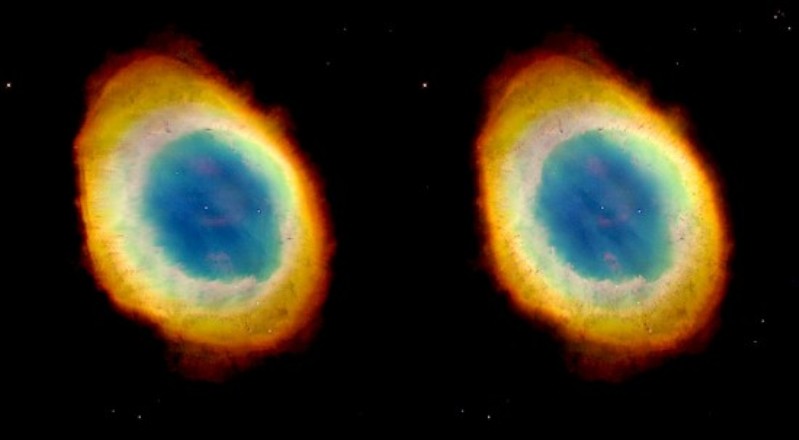
Mar 5, 2015 The Ring Nebula could be called the “Tube Nebula”. “Bipolar outflow” is a term often used to describe the nebular structure seen above, although the cause of the effect remains baffling to consensus astronomers. The prevailing opinion is that nebular structures form “knots” because gases and dust…
5–Mythic Creation–Events Seen and Heard
Lesbos, Homer and the War of the Worlds
Why Don’t Comets Melt in the Sun? | Space News
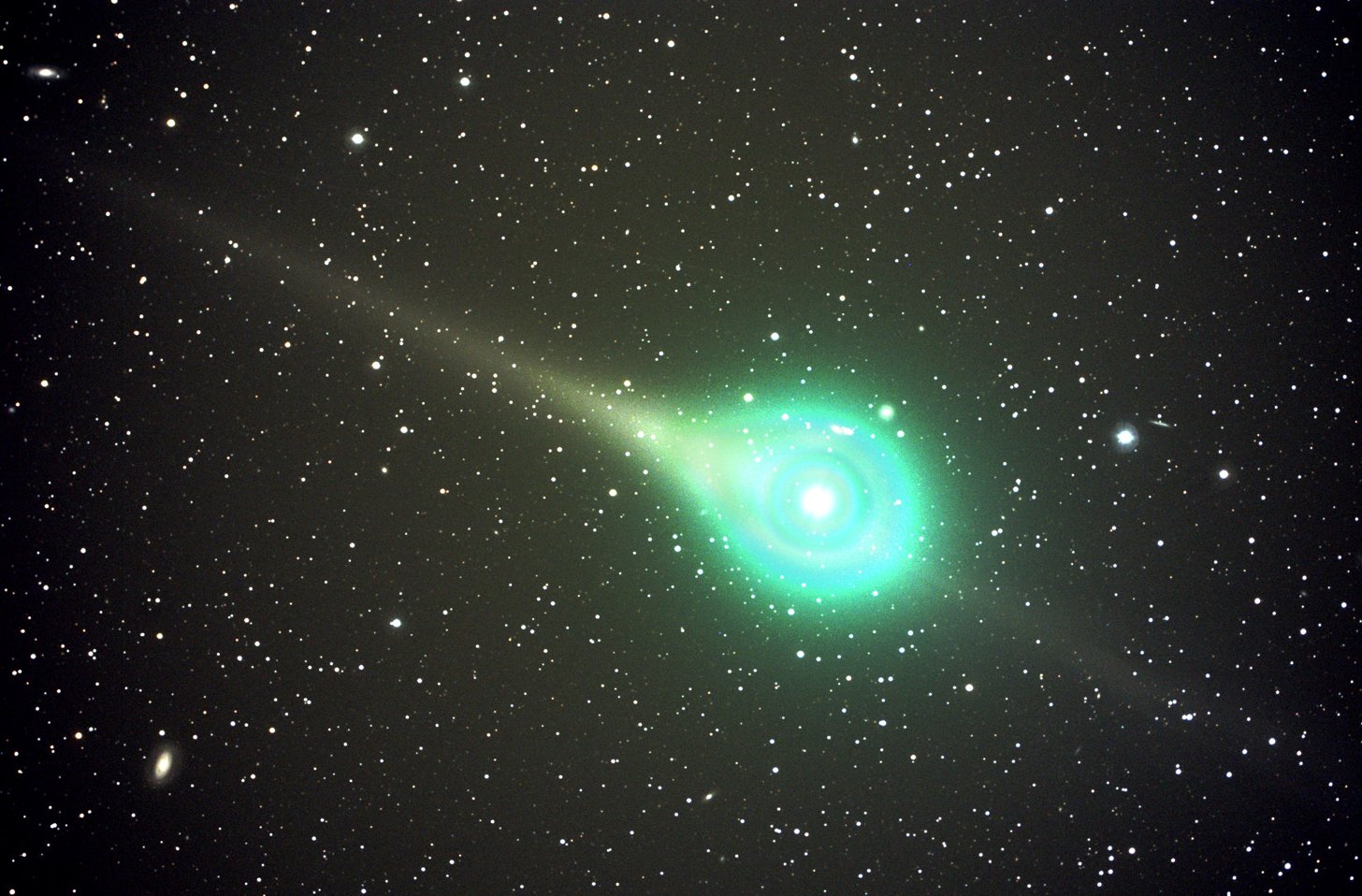
Sungrazer comets that survive perihelion extremely close to the Sun is a longstanding puzzle for comet science. In reality, observations going back centuries reveals that a comet’s activity has little or nothing to do with solar warming. Comets sometimes flare or even explode at impossibly vast distances from the Sun….





